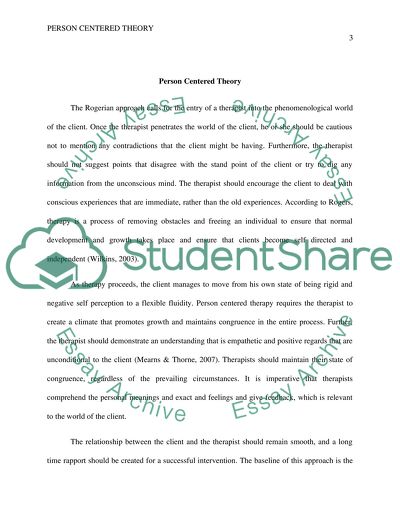Cite this document
(“Person-Centred Counselling in Action Term Paper”, n.d.)
Retrieved from https://studentshare.org/psychology/1454048-person-centred-counselling-in-action
Retrieved from https://studentshare.org/psychology/1454048-person-centred-counselling-in-action
(Person-Centred Counselling in Action Term Paper)
https://studentshare.org/psychology/1454048-person-centred-counselling-in-action.
https://studentshare.org/psychology/1454048-person-centred-counselling-in-action.
“Person-Centred Counselling in Action Term Paper”, n.d. https://studentshare.org/psychology/1454048-person-centred-counselling-in-action.


